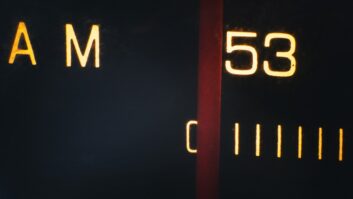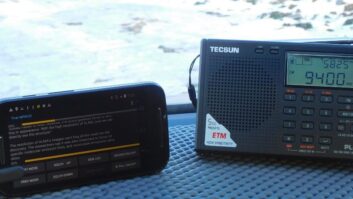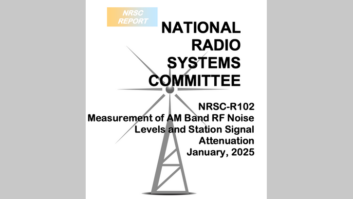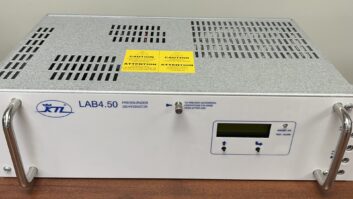
Fig. 1: The Marti STL-8 with its AC cooling fan. The longevity of some older broadcast gear is a real testament to its manufacturing techniques and design. The Marti STL-8 is no exception.
Charles “Buc” Fitch, P.E., had one of these STL transmitters on his bench. He changed out the very noisy AC cooling fan for a very quiet DC fan.
The replacement runs well. To avoid adding to the regulator load, Buc grabbed a sample of the raw 18-volt bus and put a 1/2-watt, 5.6-volt zener in line with the fan. This holds the voltage around 12 or 13 volts for the 12-volt fan.
The 120 milliamps from the fan, flowing through that 1/2-watt zener, is just about 1/2 watt, so Buc made certain the zener is mounted in the fan air flow to keep it cool. It should have been a 1-watt unit, but Buc didn’t have one handy.
Buc settled on the DC fan because an AC replacement fan motor is expensive. Instead, he found 10 DC fans for $10. Plus the DC fans are more readily available. You can’t beat $1 per fan!
The DC fan is smaller in depth, and thus makes adjusting the first stage of capacitors a lot easier — your hand or screwdriver no longer gets caught in the AC fan blade as you adjust.
Connect the fan to the raw supply and use a 1-watt zener to drop the voltage to 12 V for the fan, and you’re done.
Thanks, Buc, for this noise-elimination tip.
****


Fig. 2: Buc’s DC fan replacement. Fig. 3: Buc cheated on the zener rating by mounting it in the fan’s air flow.
Philip Barnes-Roberts saw our tip about cleaning relay contacts and drew on experience from his military service.
To slightly burnish the T/R relays in Collins S-Line transmitters, such as the 32S series and KWM-2As, Philip would use a scrap of five-level teletype tape, which was yellow paper about 3/4-inch wide. It had a hint of lubricant in it to help the tape punches and readers stay smooth, as well as to collect paper dust.
Philip would crease a few inches lengthwise, power down the rig, remove the RF cage around the finals, and carefully run the paper between the un-energized contacts while gently pressing the contacts together.
This paper would be hard to find these days! If you know good sources, pass them along to me at [email protected].

Fig. 4: The engineer’s decision-making tool box. Philip says GC Electronics still makes little diamond-faced steel burnishing tools. The company has two sizes, part number 9337 and the larger 9338. Of course, these, too, are going to remove a little metal from your contacts, so use them with caution.
Head to www.gcelectronics.com and search for those parts to see information and pricing. Thanks Philip for a tip that will guard against intermittents.
***
We’ll wrap up this column with a fun flowchart sent in by Jim Davies over at the University of Iowa, seen in Fig. 4. Yes, this flow chart really does simplify your toolbox. He’s not sure who originated this fun image; if you know, share with us so we can tell readers.
Contribute to Workbench. You’ll help your fellow engineers and qualify for SBE recertification credit. Send Workbench tips to[email protected]. Fax to (603) 472-4944.
Author John Bisset has spent 44 years in the broadcasting industry and is still learning. He handles West Coast sales for the Telos Alliance. He is SBE certified and is a past recipient of the SBE’s Educator of the Year Award.







